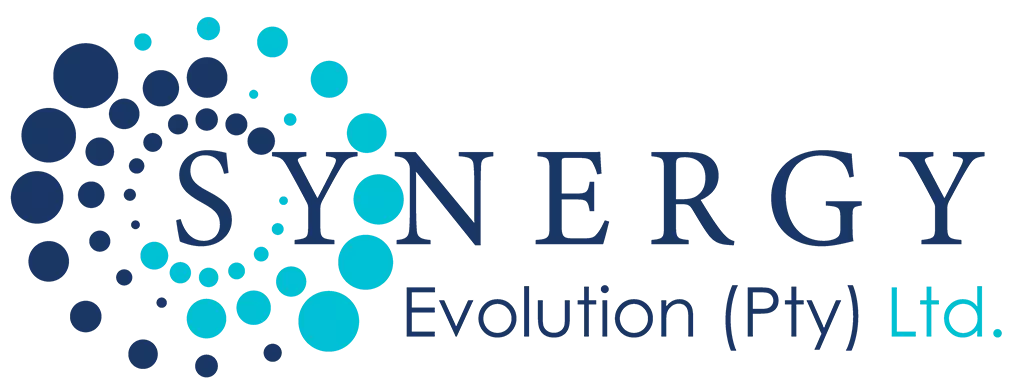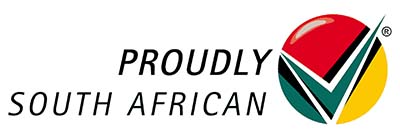The shift toward remote work has transformed the business landscape, offering benefits like increased flexibility and reduced overhead costs. However, it has also introduced new challenges, particularly when it comes to fixed asset management.
For asset management firms like Synergy Evolution, effectively managing fixed assets in a remote work environment is crucial to maintaining operational efficiency and safeguarding company resources.
Understanding Fixed Assets in a Remote Work Context
Fixed assets are long-term tangible assets that a company uses in its operations, such as computers, office furniture, and equipment.
In a traditional office setting, managing these assets involves routine physical inspections, maintenance, and tracking. However, in a remote work environment, these tasks become more complex.
Employees are dispersed across various locations, making it challenging to monitor the usage and condition of assets.
Challenges of Managing Fixed Assets Remotely
- Tracking and Inventory Management: Keeping an accurate inventory of fixed assets is more difficult when they are distributed among remote employees. Items can easily be misplaced, lost, or stolen without proper oversight.
- Maintenance and Repairs: Regular maintenance and timely repairs are crucial for the longevity of fixed assets. Coordinating these activities remotely can lead to delays and increased downtime, affecting productivity.
- Compliance and Security: Ensuring compliance with company policies and regulatory requirements is harder when assets are offsite. Additionally, the risk of data breaches and theft increases when devices are used in unsecured environments.
- Depreciation and Valuation: Calculating depreciation and maintaining accurate valuations of assets can be more challenging without direct access to physical inspections and assessments.
Strategies for Effective Remote Fixed Asset Management
To address these challenges, companies like Synergy Evolution can implement several strategies:
- Digital Asset Management Systems: Invest in robust digital asset management systems that offer real-time tracking and reporting capabilities. These systems can provide a centralized database for all fixed assets, enabling remote monitoring and management.
- Regular Audits and Inspections: Schedule regular virtual audits and inspections using video conferencing tools. Encourage employees to participate actively in these audits to ensure transparency and accountability.
- Employee Training and Accountability: Train employees on the importance of asset management and their responsibilities in safeguarding company assets. Establish clear guidelines and protocols for reporting issues and maintaining assets.
- Remote Maintenance and Support: Develop a network of trusted service providers who can offer remote maintenance and repair services. Utilize remote access tools to troubleshoot and resolve technical issues promptly.
- Enhanced Security Measures: Implement robust security measures, such as encryption, VPNs, and multi-factor authentication, to protect company data and assets. Regularly update security protocols to address emerging threats.
- Comprehensive Asset Policies: Create detailed asset management policies that outline procedures for asset allocation, usage, and return. Ensure that these policies are communicated effectively to all remote employees.
Leveraging Technology for Asset Management
Technology plays a pivotal role in managing fixed assets in a remote work environment.
Tools like IoT (Internet of Things) devices, RFID (Radio-Frequency Identification) tags, and GPS tracking can provide real-time location and condition data for assets.
Cloud-based asset management software allows for seamless integration with other business systems, enhancing data accuracy and accessibility.
Moreover, AI and machine learning can predict maintenance needs and identify patterns of asset usage, enabling proactive management.
By leveraging these technologies, Synergy Evolution can optimize asset utilization, reduce costs, and improve overall efficiency.
Conclusion
As the business landscape continues to shift toward remote work, managing fixed assets remotely presents new challenges for companies like Synergy Evolution.
However, by adopting digital tools, implementing robust asset management policies, and leveraging emerging technologies, businesses can maintain efficiency, ensure security, and safeguard their valuable resources.
By embracing these strategies, Synergy Evolution can continue to lead in the evolving asset management landscape, ensuring that fixed assets remain well-managed even in a remote work environment.








